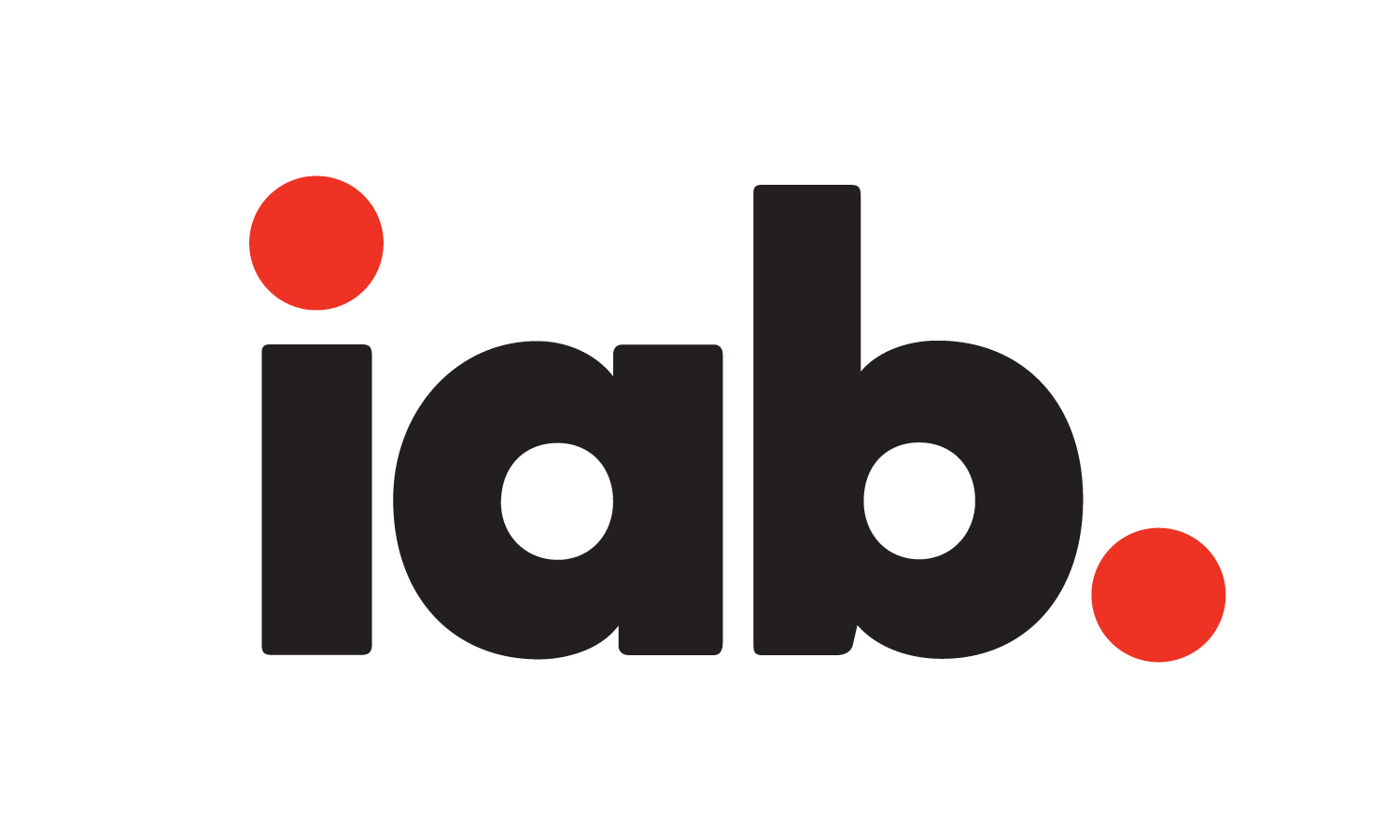IAB and MRC Release Attention Measurement Guidelines for Public Comment
It is an important development in effort to create a unified framework for measuring and reporting attention to media

NEW YORK—In an important step towards creating a unified framework for measurement and reporting of attention to media, the Interactive Advertising Bureau (IAB) and the Media Rating Council (MRC) have released their Attention Measurement Guidelines for public comment.
"Attention is getting a lot of, well, attention — but without a shared standard, it's become a bit of a Wild West situation," said Angelina Eng, vice president of measurement, addressability and data center and center of excellence operations at the IAB. "Right now, there are too many different ways to measure and define it, which creates confusion and makes it hard to compare results or build trust. These guidelines are about bringing order to the chaos. They lay down a clear, consistent foundation so that attention can be measured in a way that's credible, useful, and ready for where the industry is headed."
Developed by the IAB Attention Task Force—a group of more than 200 members from across the advertising, media, and measurement industries—the IAB and the MRC reported that these guidelines offer a structured framework for the consistent measurement and reporting of attention across media. During the public comment period of 60 days, until July 12, 2025, the IAB is inviting brands, publishers, platforms, agencies, and measurement providers to review the guidelines and provide feedback.
A final version is expected to be released before the end of 2025, laying the groundwork for future MRC accreditation audits of attention measurement services.
The measurement guidelines outline four primary methodological approaches—data signals, visual tracking, physiological and neurological observations, and panel or survey-based inputs. It also creates shared requirements that can be applied across formats and platforms.
By reducing reliance on inconsistent or proprietary methodologies, the guidelines give all sides of the ecosystem a common baseline for comparing attention metrics and aligning them to business outcomes, the IAB and MRC reported.
"From the MRC's standpoint, measurement only works when it's grounded in rigor and ready for real-world scrutiny," said Ron Pinelli, senior vice president, digital research and standards, MRC. "It's important to have industry-accepted requirements for consistent measurement and reporting of attention metrics to enable users of these measures to understand and use them in an appropriate manner. These guidelines represent a framework for attention measurement across various methodological approaches including data validation, empirical support for models used and transparency in the form of reporting and disclosure. They define not just what attention is, but how to measure it with quality and consistency in a way that's transparent, comparable, and built to inform future validation through independent audit and accreditation."
The professional video industry's #1 source for news, trends and product and tech information. Sign up below.
The Attention Measurement Guidelines establish clear parameters around how attention should be applied in practice — not as a replacement for delivery or outcome metrics, but as a complementary signal that can enhance how exposure and engagement are understood, the two groups explained. By aligning methodologies, definitions, and reporting principles, the framework helps reduce ambiguity and supports more confident decision-making across planning, buying, and evaluation. It gives the industry a way to move beyond experimentation and begin operationalizing attention with greater consistency and accountability, the IAB and the MRC explained.
"This is about creating the conditions for trust — and ultimately, investment — in attention as a reliable indicator of exposure and engagement," Eng concluded. "But it only works if the industry leans in during this public comment period and helps shape something we can all stand behind."
Stakeholders are encouraged to review the draft Attention Measurement Guidelines and submit comments before July 12, 2025 here: https://www.iab.com/attention.
George Winslow is the senior content producer for TV Tech. He has written about the television, media and technology industries for nearly 30 years for such publications as Broadcasting & Cable, Multichannel News and TV Tech. Over the years, he has edited a number of magazines, including Multichannel News International and World Screen, and moderated panels at such major industry events as NAB and MIP TV. He has published two books and dozens of encyclopedia articles on such subjects as the media, New York City history and economics.

